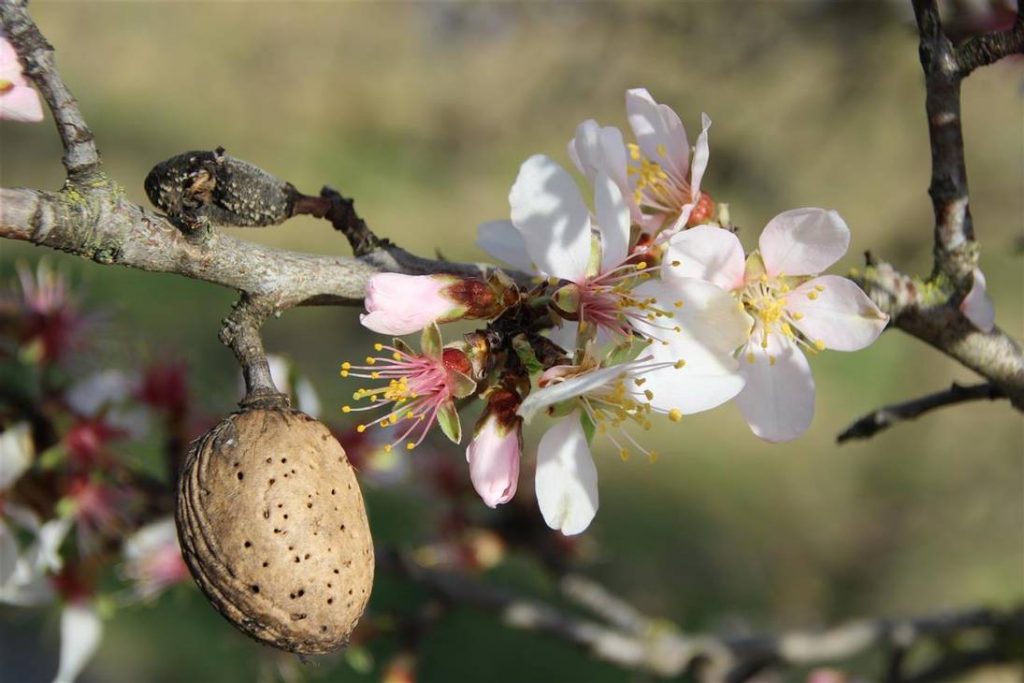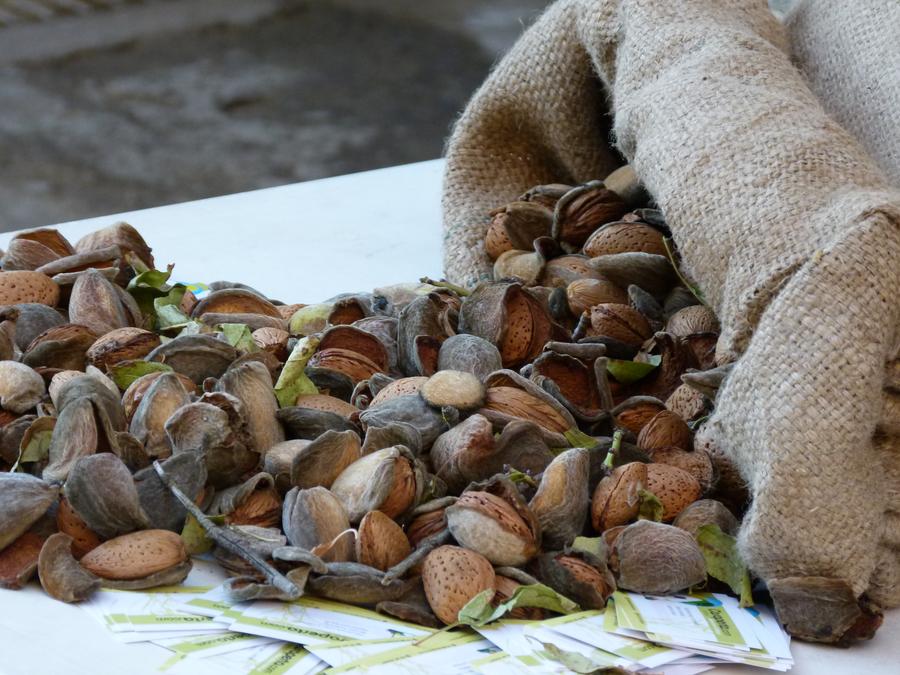The origin of almonds is uncertain, but the general consensus is that these nuts originated in China and Central Asia, from where they spread to the Mediterranean via explorers travelling the silk route.
Along with dates, it is one of the first cultivated foods, with the Romans already in the classical times giving people sugared almonds as gifts and chefs in the middle ages, going nuts about almond milk! In Greek mythology, the almond tree in bloom represents hope, while sweet almonds are said to mark the beginning of a prosperous journey.
Numerous locally bred and imported almond varieties are used. Farms are usually assessed to determine which almond varieties are most suited to their climatic, soil, production conditions.
Non Pareil, which means unequalled excellence, is the benchmark and most popular variety in the world. Various varieties, nevertheless, have been developed in the United States and Spain since the arrival of Non Pareil.
Amanteco has identified a mutation of traditional variety, which has been here for the past twenty years and is currently testing its commercial viability.
Trees take up to eight years to reach commercial production. Harvesting of almonds usually starts in January/February and is generally done with shakers that shake the nuts onto nets to be collected by hand or machine.
South Africa imports 3000 tons of almonds per year, with Non Pareil accounting for about 50% of this. More than 90% of these almonds are already shelled, which means that processing activities take place in the country of origin.
South Africa only produces 200 tons to 300 tons of almonds per year, but has the potential to significantly increase production and to produce high-quality almonds at lower costs than in America.


